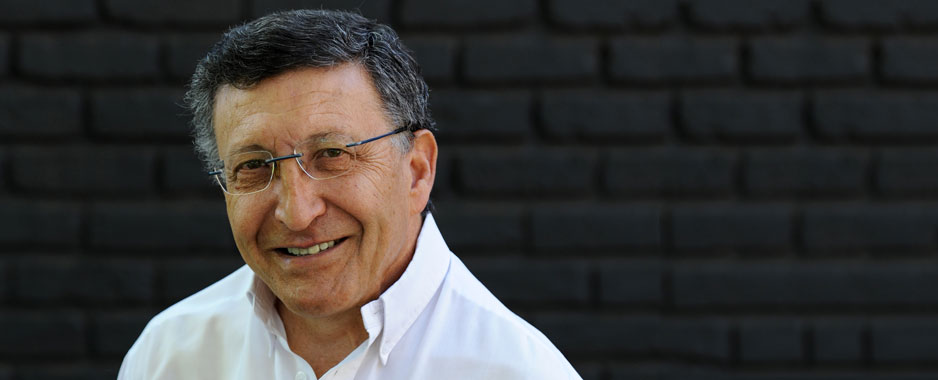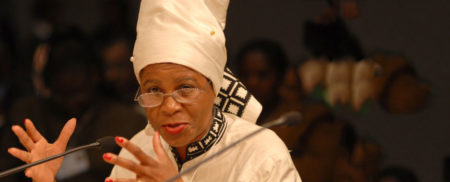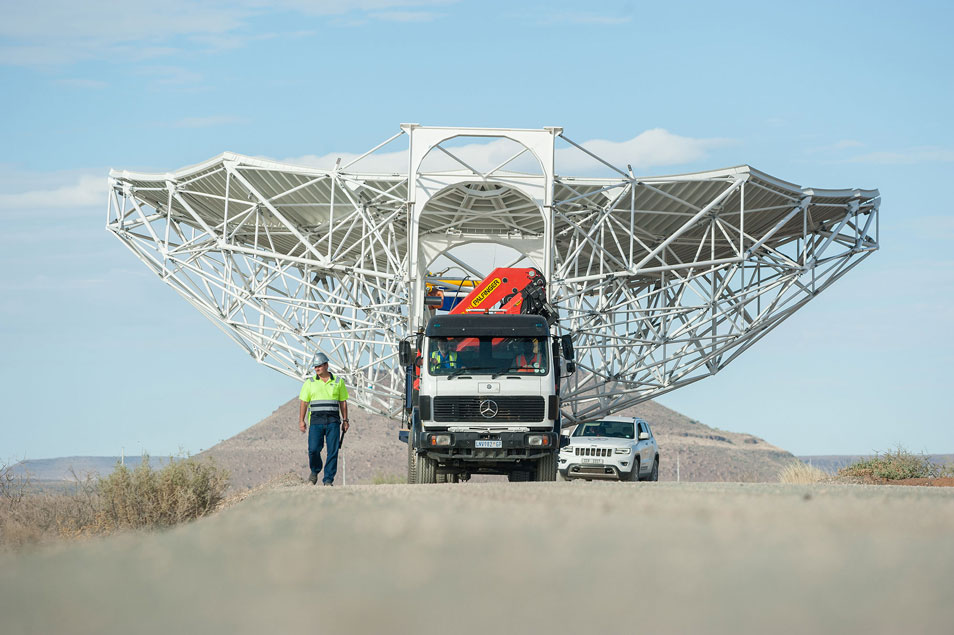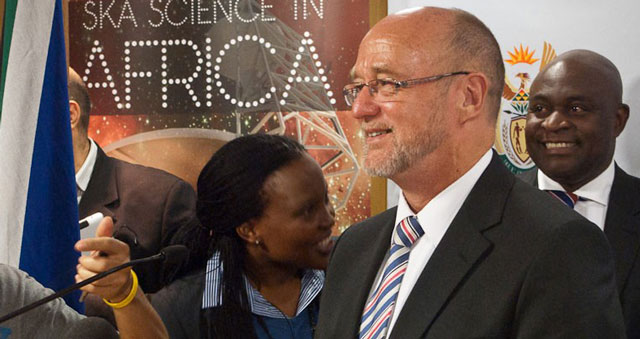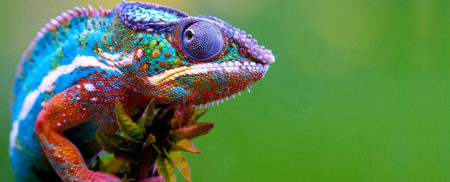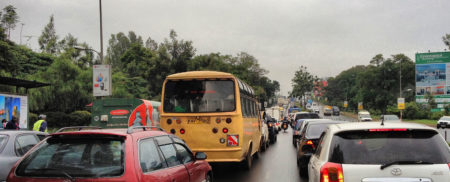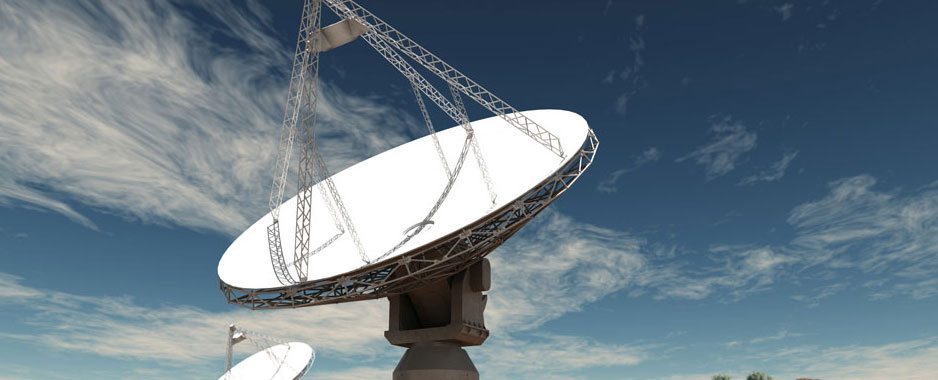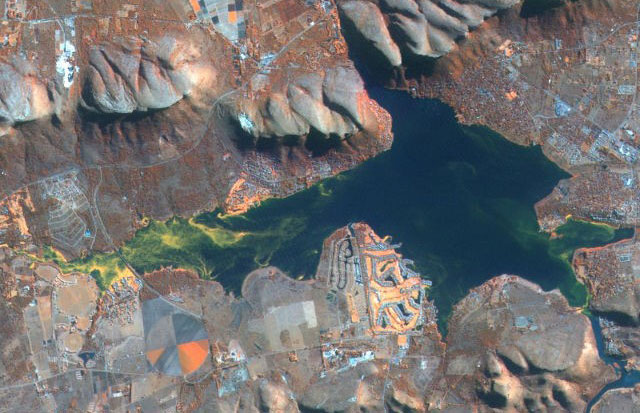Germany has pulled out of the Square Kilometre Array (SKA) Organisation, a blow to the project that plans to build the world’s largest radio telescope. But while insiders lament Germany’s withdrawal, they do not see it as a death knell for the project. With thousands of antennae spread across South Africa and Australia
Author: Sarah Wild
The chairman of Technology Innovation Agency (TIA), Khungeka Njobe, has filed a report with the directorate for priority crimes investigation following the release of a forensic investigation that points to possible corrupt activities in the Terbrugge Community Trust, founded by Agang South Africa leader Mamphela Ramphele
Three days of rain in the Northern Cape lent a surprisingly green backdrop to Thursday’s inauguration of South Africa’s first MeerKAT antenna, one of 64 that will dot the site. The white-latticed giant stands nearly 20m above the normally arid and empty landscape, gazing at the prototype seven Karoo Array Telescope (KAT-7) dishes
Africa’s challenge is to get itself into a proper state of readiness to host the Square Kilometre Array (SKA) radio telescope, science & technology minister Derek Hanekom told African heads of state on Wednesday in Pretoria. While the spotlight has been on South Africa and Australia sharing the giant telescope, which will comprise
South Africa’s new “e-commerce tax”, to be introduced on 1 April, will mean education institutions will struggle to purchase academic journals. It is already difficult for South Africans to access international academic journals. The most prestigious, which contain the world’s leading research, charge – usually in dollars, pounds or euros – for article
Computer viruses now live up to their name. Thanks to British researchers, Wi-Fi networks can now infect each other just like a common cold works. It is the stuff of cyber nightmares: an undetectable virus that moves through the airwaves. But researchers at the University of Liverpool have made
It is 7pm in Nairobi, Kenya’s capital city, but the streets and highways are well-lit with the snaking car lights of thousands of bumper-to-bumper vehicles. Windows closed against the assault of exhaust fumes, the two hours it takes to drive the 30km from the airport to my hotel is plenty of time to wonder
The wind picks up, blowing whorls of dust down the street. The men sitting on the side of the road avert their eyes and retreat further into the shade of the colonial-style building they are leaning against. This was a common sight in Carnarvon in the Northern Cape in 2011, before
Science and technology minister Derek Hanekom on Tuesday unveiled programmes in Carnarvon, the town nearest to the Square Kilometre Array (SKA) site, to boost maths and science education in the area. South Africa will be sharing the world’s largest telescope, which comprises
The South African National Space Agency (Sansa) will on Tuesday, as part of Global Space Week, launch Fundisa: satellite imagery tools to support the high school geography curriculum. Earth observation and space science are seen as important ways to monitor South Africa’s land use, resources


